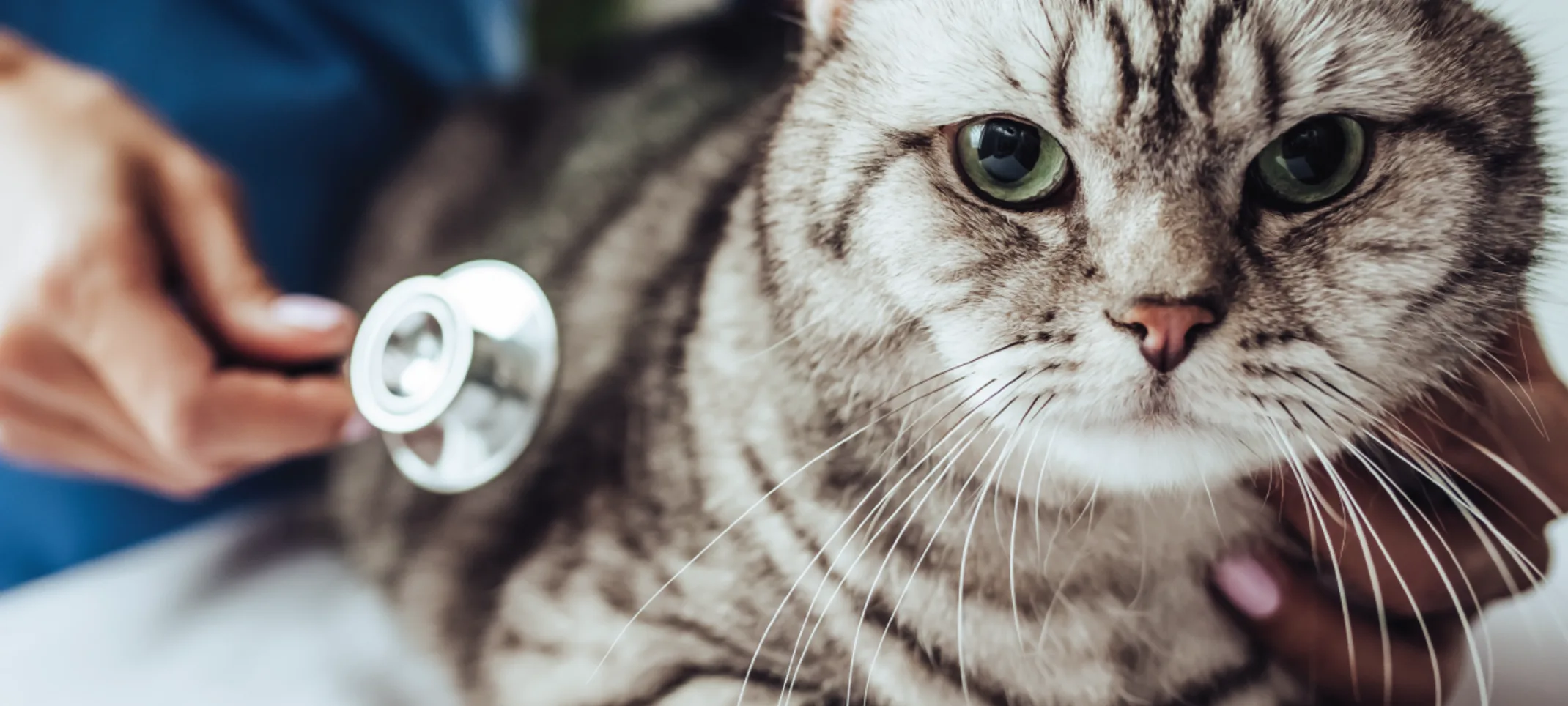Civic Feline Clinic
Orthopedic Surgery
Orthopedic surgery can help pets who suffer from joint problems, torn ligaments, broken bones, and even help correct congenital problems.

Overview
Orthopedic surgery is an aspect of veterinary medicine in which manual and instrument techniques are used to investigate and treat disease or injury, to help improve bodily function or appearance, or to repair unwanted traumas. Civic Feline Clinic has a fully equipped, modern surgery suite in which to perform common surgical procedures. Advanced surgeries may require a referral to an appropriate specialist.
Orthopedic Surgery
Orthopedic surgery addresses problems of the musculoskeletal system including joint problems, ligament damage, fractured bones or congenital abnormalities. Left untreated, these conditions may cause varying degrees of discomfort, pain or physical limitations. Examples of common orthopedic procedures in cats include simple fracture repairs, amputations, or femoral head removal.
How is my cat managed during surgery?
In order for your friend to experience a safe surgical procedure it is important we are familiar with your cat’s individual history and physical condition. Consequently, we will perform a complete pre-surgery examination to ensure no changes have occurred since your companion’s last visit. Pre-surgical diagnostics, which may include blood testing, electrocardiography, radiography or ultrasonography, will further ensure your cat is healthy enough for anesthesia and surgery.
We use a comprehensive pain management approach that involves providing appropriate drugs before surgery to proactively manage pain, as well as peri- and post-operative pain medications. We place an IV catheter on every patient to administer peri-operative drugs as well as IV fluids for the entire length of operative procedures and during the recovery period. We use the safest possible inhalant anesthetic agent and maintain your cat’s body temperature with forced air and circulating water heating devices.
The most important monitor during anesthesia is a well-trained technician. Having an experienced, well-informed, attentive individual monitoring your cat is the best protection we can offer. We commit a staff member, full-time, for the entire length of your friend’s procedure, solely to monitoring your cat’s vital signs. We supplement this staff member with a variety of monitoring equipment including blood pressure measurement, end-tidal CO2, body temperature, and pulse and respiration rates.
Tragically, the majority of complications relating to anesthesia occur not during the procedure, but during the recover period after the surgery is complete. It is vital that your pet continues to be monitored, even after the gas is turned off, to make sure recovery continues until it is complete. Your veterinarian issues specific post-surgical monitoring instructions and your friend is kept in the treatment area where she is visible and easily-managed during this crucial period.
We assure you that our approach to surgery is comprehensive and we take this responsibility seriously so that we can get your companion back home to his family and his favorite patch of sun quickly and in the best health possible.
